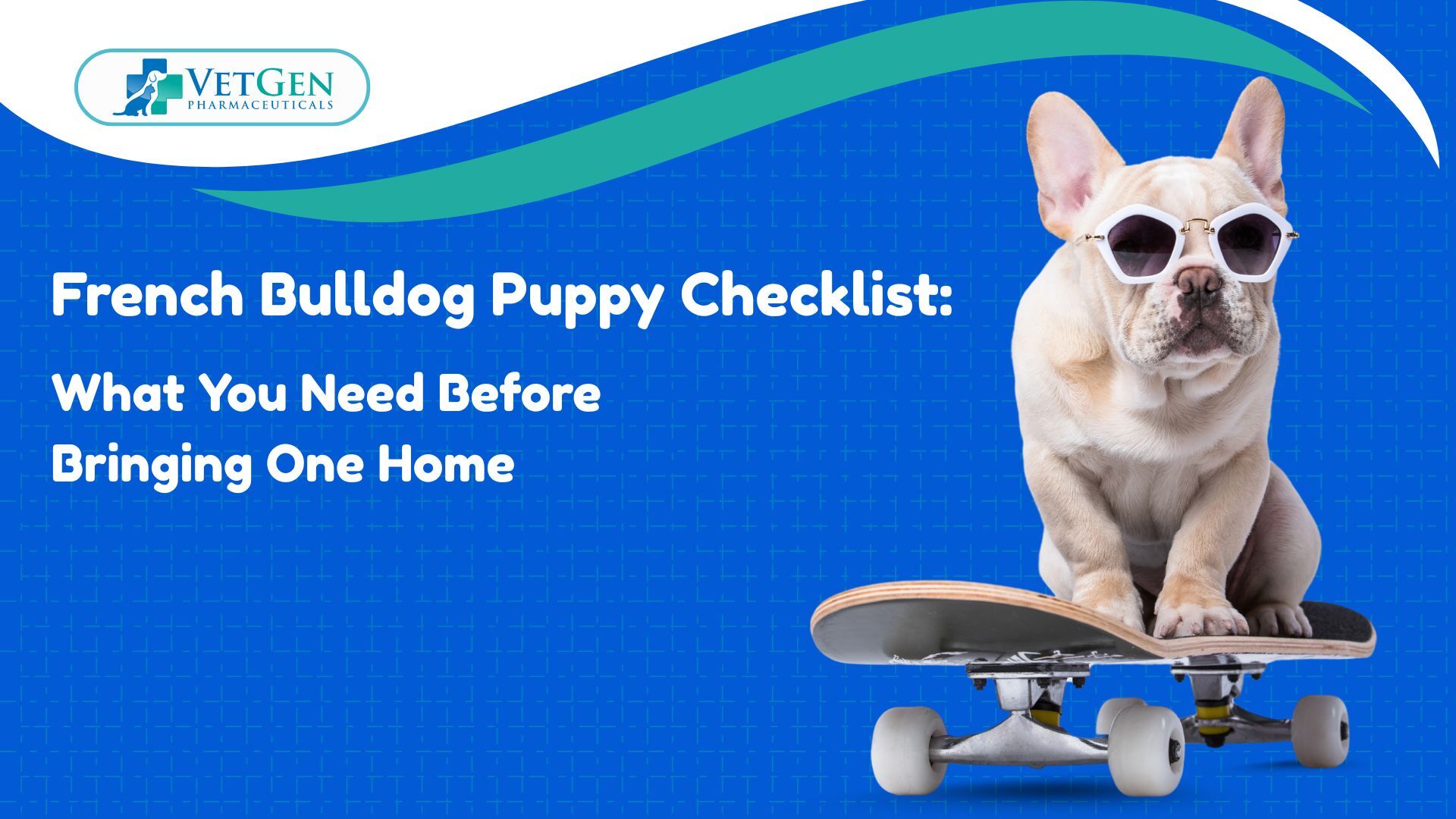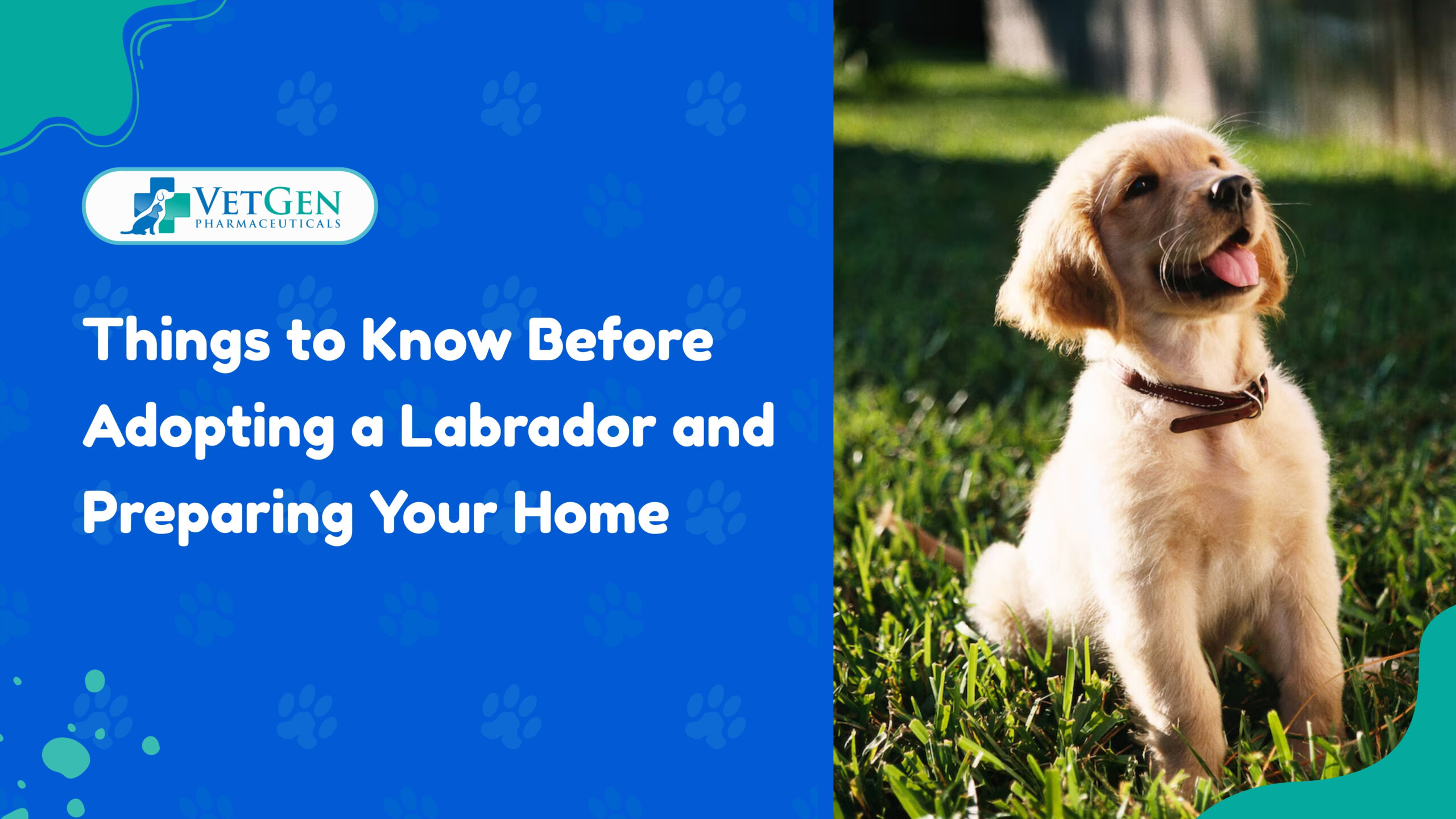There’s nothing worse than seeing your canine friend suffering. When it comes to your furry friend you do everything you can to ensure they’re healthy and happy.
This includes making sure they get the best diet, lots of toys, and an adequate amount of exercise.
However, there are some things out of your control such as health issues like hotspots that pop up from time to time.
Today we will discuss what hotspots are in dogs and how to treat them.
What are Hot Spots in Dogs?
Hot spots are a frustrating skin condition that affects many dogs.
They are areas of inflamed, infected skin that make your dog very uncomfortable.
These spots can become moist, itchy, and even begin to ooze sometimes.
Your dog’s natural reaction will be to chew or lick the affected area, but this actually makes the hot spots worse.
Hot spots are caused by a skin condition referred to as acute moist dermatitis. The areas are superficial sores that are found on the dog’s skin.
Hot spots can quickly become painful and large raw lesions.
Though they can develop anywhere on your dog’s body, they are most common on the hip, neck, and head area.
They are extremely painful and itchy and are caused by your dog scratching, licking, and biting one area constantly.
Once inflammation begins the spots start to get warm, hence their name.
Environmental irritants such as allergens and bugs most likely begin the dog’s irritation.
Excess moisture from swimming pools or rain can also increase the effects sometimes.
The good news is that hot spots are not considered a threat to your dog’s health.
However, the side effects of them can leave your dog with much discomfort.
Just be sure to treat your dog’s hot spots sooner than later because if left unresolved they can lead to skin damage that’s irreversible as well as bacterial infections.
What are the Causes of Hot Spots?
Much like anything else, knowing what causes your dog’s hot spots is the easiest way to prevent them in the future. Here are the most common causes:
Self-Inflicted.
In most cases, the hot spots are brought on by your dog.
They can begin when dogs bite, lick, or scratch their skin repeatedly as this eventually causes raw skin, a moist scab, and traumatized skin tissue.
In most cases, the scratching and such is caused by something as small as a bug bite.
Other Common Causes for Hot Spots:
Though self-infliction is usually the cause, there can be other issues that bring them on as well. These issues include:
- Dry Skin
- Undiagnosed skin infections
- Allergic reactions
- Anal gland disease
- Too much grooming
- Scratches on your dog’s skin
- Incessant licking due to stress, boredom, or anxiety
- Undiagnosed bacterial infection
Yet, keep in mind there are other skin conditions that can have similar symptoms to hot spots. These conditions are:
- Demodicosis
- Scabies
- Site reactions to injections
- Other skin conditions
Identifying the cause of your dog’s hot spots will help prevent them in the future.
However, in many cases, the severity of the sores doesn’t have much to do with the cause but a lot to do with the bacterial growth that comes after.
Signs of Hot Spots in Dogs
One of the keys to treating hot spots early is learning how to diagnose them.
While this can be difficult keeping the following things in mind will help:
1. Red Spots
Most hot spots begin as a red spot on the dog’s skin. By the time most pet owners notice them they are about the size of a quarter.
2. Incessant Licking
One of the signs that may lead you to the red spot is the fact your dog is paying so much attention to one spot on its body. Most dogs begin biting, itching, and licking one area. If you notice your dog doing this it’s time to intervene and look for a developing hot spot.
3. Warm to Touch
Hot spots gained their name from the fact that the lesion is generally always warm to touch. Just keep in mind that if the hot spot is too far progressed you may not be able to touch it as your dog will be in a good amount of pain.
4. Skin that Appears Moist
Your dog’s incessant licking and biting will leave the fur and skin around the hot spot moist. This may be how you notice the inflamed area.
5. Other Signs
While recognizing the physical signs is a great start, there are other symptoms your dog may also be displaying. These include:
- Behavior changes such as unusual aggression
- Unrestrained itching
- Crying or whining when touched
- Skin that appears scaly around the sore
- Continuous biting, grooming, licking, or chewing
- Non-stop itching
- Lesions that contain pus or are scabbed
- An unusual amount of warmth felt on your dog’s skin or coat
- Fur that’s wet or matted
- A strong odor on your dog’s fur is a good sign of infection
- A decrease in appetite
- Loss of hair
- Fever
- Depression or lethargy
Breeds at a Higher Risk of Developing Hot Spots
Hot spots can occur with any breed, but there are specific breeds of dogs that are more prone to them.
Also, there are studies that show dogs who spend more time in the water, have hip dysplasia, and long-haired breeds are at a higher risk.
Specific breeds at a higher risk for hot spots are German Shepherds, Labradors, Saint Bernards, Rottweilers, and Golden Retrievers, among others.
Are They Contagious?
Many dog owners, especially those who have more than one dog commonly ask if hot spots are contagious.
The answer is no and yes.
While hot spots alone are not contagious, many underlying causes can be such as fleas, mites, ticks, and other parasites.
For this reason, it’s important to determine the initial cause of the condition.
Hot Spot Treatments for Dogs
There are many things you can do to relieve your dog’s hot spots.
Some are natural remedies and others require a vet.
Let’s take a look at the most common:
Topical Medications
The most common treatment for this condition is through the use of topical medications.
The best plan of action is to take your dog to the vet, so they can properly prescribe medication.
Commonly prescribed creams include:
- Corticosteroid Creams
- Parasite Treatments
- Cooling Treatments
- Topical Antibiotic Creams
- Drying Sprays applied topically
- Hydrocortisone creams and sprays
- Shampoos that are specially formulated for hot spots
There are also oral medications your vet can prescribe such as:
- Antiparasitics
- Antibiotics
- Pain Medications
- Cortisone pills
- Antihistamines
Cone of Shame
While dogs don’t like wearing Elizabethan collars it’s necessary most times to allow the spots to fully heal.
Your dog will most likely do everything in its power to try to get the cone off, but keeping it in place is the best way to prevent bacteria from your dog’s mouth from entering the wound.
Natural Remedies for Hot Spots
There are some natural remedies you can try as long as it hasn’t turned into a severe infection yet.
- Apple cider vinegar – dilute the vinegar with equal amounts of warm water and spray the spot 2 to 4 times per day.
- Antibacterial Soap – if the spot is caught early enough you can clean it with this several times per day.
- Oatmeal Bath – giving your dog a daily oatmeal batch can help the spots go away. The best time of day to do so is in the evening so it can work overnight.
- Tea Tree Oil – this essential oil is effective for combating ailments such as hot spots. It has antiviral, antibacterial, anti-inflammatory, and antiseptic properties.
- Witch Hazel – This all-natural astringent can be dabbed onto the spot with cotton.
- Vitamin E – this vitamin is known to be good for your dog’s skin and coat. It’s a common ingredient in the best skin and coat supplements for dogs.
- Coconut Oil – this oil has great anti-viral and antibacterial properties.
How to Prevent Hot Spots
- After successfully treating your dog’s hot spots it’s important to prevent them. Here are the best ways to prevent them.
- Regular Grooming – grooming and baths are necessary to keep your dog’s skin clean and healthy.
- Tick and Flea Prevention – regardless if you choose monthly prevention from your vet or use an all-natural treatment, tick and flea prevention is essential for your dog.
- Keep Your Dog Dry – bacteria are more likely to grow in a moist environment. After bathing your dog make sure to dry it completely.
- Dog Supplements for Skin Allergies – there are many quality supplements for dog coat growth on the market. One proven dog skin and coat supplement is made by VetGen..
Conclusion
In the end, dog hot spots are not only a pain for your pooch, but they can cause you many headaches. By learning how to prevent, diagnose, and treat hot spots you can save yourself a lot of stress.






